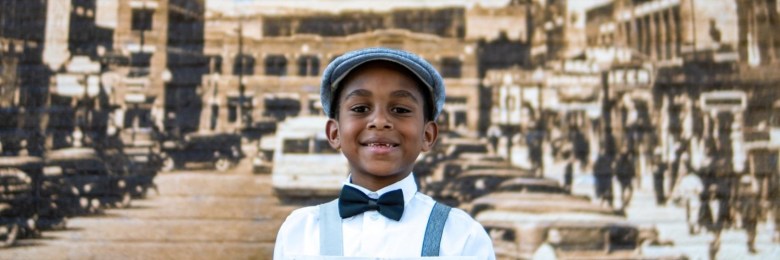|
Listen to this article here
Getting your Trinity Audio player ready...
|
By Autumn Brown
The summer of 1969 is an important summer in the era of the Black community. In terms of music, the style, and methods of carrying out political activism there was a Black consciousness revolution taking place, and music was a vessel for political demands, freedom, and survival.
During the summer of 1969, the same summer as the more widely known music festival Woodstock, there was another festival 100 miles away–The Harlem Cultural festival. This free festival drew more than 300,000 in attendance, and while it was filmed, the footage sat in a basement for 50 years. That is, until Questlove turned the footage into a documentary now showing in theaters and streaming on Hulu.
My first thought during the first 5 minutes was, “look at all the trendy and beautiful Black people!” I had chills seeing the sea of Black people and Black artists–such as Stevie Wonder, BB King, Sly and the Family Stone, Gladys Knight and the Pips, David Ruffin, Mahalia Jackson and a slew of others. I’d be lying if I said I wasn’t singing and dancing all through my living room. I was so hyped, and felt such pure and genuine joy.
Healing power of music
There is divine energy in music. Music exists alongside political activism during its time–connecting with the pain and the trauma experienced by others. But music, “freedom music,” has healing powers, and musicians have the innate ability to express musically what is being thought politically and socially. As Nina Simone said, “An artists’ duty is to reflect the times.” The musicians who performed during the Harlem Cultural Festival were working toward creating a new world through song, rhythm, tone, and beats.
The Harlem Cultural Festival took place in Mt. Morris Park in Harlem, New York–deemed “the heart of Harlem.” Harlem was considered destitute and overcrowded based on news media portrayals, “a creative forest,” one reporter called it. However, Harlem was home, a safe space, and the place where lifelong friendships were made.
This reminds me of Tulsa, and Oklahoma in general. Oklahoma entered statehood in 1907, and its first piece of legislation upheld the institution of Jim Crow segregation. This deeply red state is wrought with racism and White supremacy, but Black joy does exist. Akin to native Harlemites, who loved the culture and connectedness in their community, though represented through deficit discourse, some Black Oklahomans love their homes here, and recognize how beautiful this land can be. So this documentary was a reminder that amid the struggle for political and social freedom, joy has permission to exist and can be put on display for the masses.
The ultimate Black barbeque
The Harlem Cultural Festival during the summer of 1969 stood in stark contrast to events in Harlem during the summer of ‘68–which included gentrification concerns and riots after the assassination of Dr. Martin Luther King, Jr. The Harlem festival was like the ultimate Black barbecue, a communion between family and friends that reunited people with the healing powers of music.
Moreover, the festival was an integral political statement bridging Black and Brown communities. Man landing on the moon, which happened during the festival, wasn’t enough to distract festival goers from the magic they were witnessing. ‘69 was the pivotal year where the Negro died and Black was born.
Watching the documentary, I couldn’t help but think about the musical movement happening in Tulsa. Though Tulsa is no stranger to well-known and successful musicians (i.e. Earl Bostic, Hal Singer, The GAP Band), the music scene in the town continues to explode, connecting with Tulsa’s traumatic history, the painful remnants of the past, and the Black joy that continues on in resistance.
I can’t help but think, how will Tulsa’s artistry scene be represented in history? How will Tulsa’s history and the sociopolitical climate of the time be shown to future generations? I’d say, how we answer these questions should be a call to action that we must continue documenting our histories, telling our stories, and ensuring that our history is represented from our own lenses and experiences.



Comments are closed.